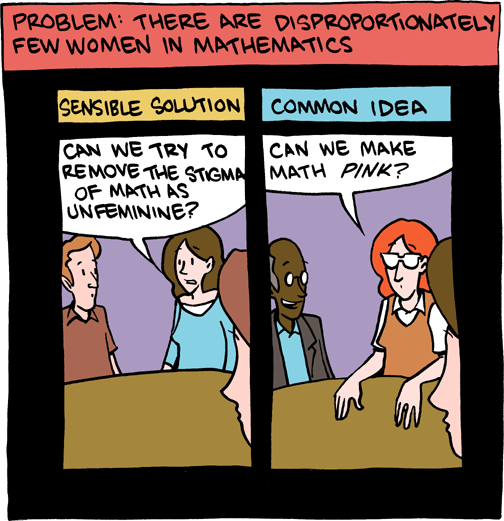So, today was a big day for Operation Pollinator. Probably the first of many big days.
I may have to downgrade my scale of big to small days, but whatever. Today felt big.
Today I went with my horticulture expert and my PI to check out three of my six OP sites, one of which was performing pretty poorly:
One of which was looking pretty good:
And one which was truly blowing all the others out of the water. BAM! Come at me, pollinators!
Can you tell I'm excited about this? I am.
And guess what's bloomin'? Lots of stuff:

Plains coreopsis. The two pictures above are the same species. Isn't that amazing?!
Lots of you folks will probably recognize Rudbeckia, or Black-Eyed Susan. This stuff is coming on in a big way.
A really big way! Look at all that Rudbeckia!
Lance-leaved coreopsis is still chugging away.
And now the sunflowers are out! We scared up a few yellow finches in this plot. Hope they weren't eyeing my sunflowers!
This New England aster is preparing to bloom.
We even found a tiny handful of asters already up and blooming. I wasn't expecting these guys until much, much later in the season. Like, three months from now.
This weirdly phallic, but pretty, flower is a prairie coneflower. It's the first of our coneflowers that I've spotted so far this season, but we have several more species that should appear soon.
Finally, I do have a few (SO MANY!) weedy species that have popped up in my plots. A few of them, while technically not native, are lovely and seem to attract lots of pollinators. These include:
Poison hemlock.
Fleabane.
And nettles.
And a few others which I absent-mindedly forgot to take pictures of, including Queen Anne's lace, larkspur, and a form of mallow.
The larkspur I plucked to bring back for ID'ing (but also for making my desk purty).
I'm thinking of allowing these guys to grow throughout the season as long as they don't take over too aggressively. The pollinators seem to love them. The reason they weren't originally included in our wildflower mixes (particularly the Queen Anne's lace and the larkspur, which are both near and dear to my heart), is because they are not technically native to North America. These guys were brought over from Europe at some point in the distant past, but are now fairly ubiquitous throughout this part of the country. We'll see.
Finally, who wants to see some pollinators?
Oh yeah, native pollinators of all shapes and sizes. We've got your bees, we've got your flies, we've got your wasps and butterflies.
I'm excited.
Still have to explain exactly what this project is about, but I'll get to that.
Later. Sometime in the future.
Here's me!


















































